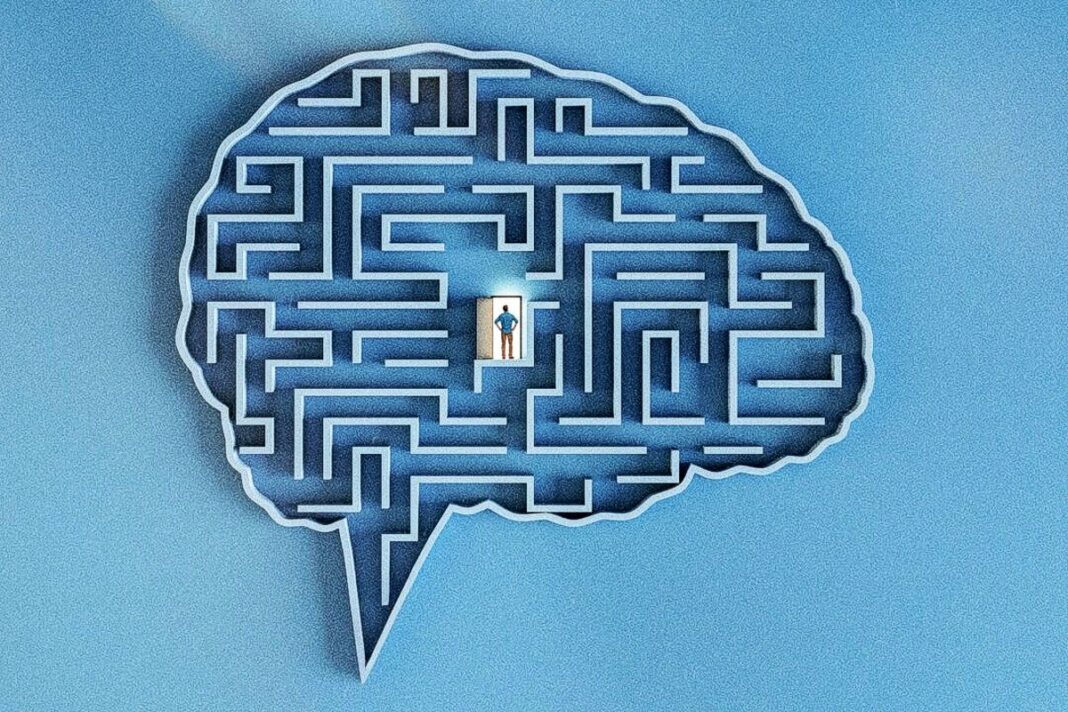Rooted in ancient wisdom and backed by decades of research, cognitive behavioral therapy is the gold standard for real change—often in just weeks.
If you’ve ever been in therapy, you may have quietly wondered: Is this working—and should it really take this long?
For many, therapy becomes a years-long endeavor. Sometimes that’s necessary, but in other cases, it may mean the approach isn’t providing the tools needed for real change.
That was the experience of Greg Lukianoff, a lawyer and free speech advocate, who struggled with clinical depression for much of his life—culminating in a suicidal crisis in 2007. After searching for relief, he turned in 2008 to cognitive behavioral therapy (CBT)—a form of psychotherapy built not on open-ended conversation, but on practical tools for identifying and reshaping unhelpful thought patterns.
As Lukianoff learned to challenge the negative and distorted thoughts fueling his depression, such as treating his feelings as facts—through CBT, his symptoms began to lift. Within a few months, he had built a set of tools he could return to long after formal treatment ended.
What Is CBT?
A recent meta-analysis published in JAMA Psychiatry, which included 375 trials and nearly 33,000 patients, confirms what many clinicians have long observed: CBT is highly effective across a wide range of mental health conditions—and can even support more complex ones, like psychosis and bipolar disorder.
“Most people seek CBT for anxiety, depression, eating disorders, or ADHD [attention-deficit/hyperactivity disorder],” clinical psychologist Terri Bacow told The Epoch Times in an email. “But others are looking to improve relationships, build self-esteem, or navigate major life transitions.”
There are dozens of evidence-based versions of CBT designed for problems like insomnia and pain. And even without a diagnosis, many people turn to CBT during stressful periods—a breakup, divorce, or a career upheaval.
The first part of CBT is to identify patterns in our thinking that shape how we feel and act, said clinical psychologist Lauren O’Flaherty. One person sees a black cat and thinks, “Bad luck—I should stay inside.” Another sees the same cat and smiles: “It reminds me of my childhood pet.”
Their emotions follow the stories. “Each person will feel differently based on the story they are telling themselves,” she said.
CBT helps people spot and shift common thinking traps—like catastrophizing (imagining the worst-case scenario), mind reading (assuming others are thinking something negative about you), all-or-nothing thinking (seeing things in extremes), overgeneralization (drawing sweeping conclusions from a single event), and rigid internal rules that fuel guilt or frustration.
CBT therapists listen for these irrational patterns—the shoulds, the musts, the rigid demands, said clinical psychologist Mike Abrams. “They help the person see that it’s not just the situation causing distress—it’s the way they’re interpreting it.”
Once you learn to spot these common thinking traps, the next step is to gently challenge them—and experiment with new, more balanced ways of thinking.








